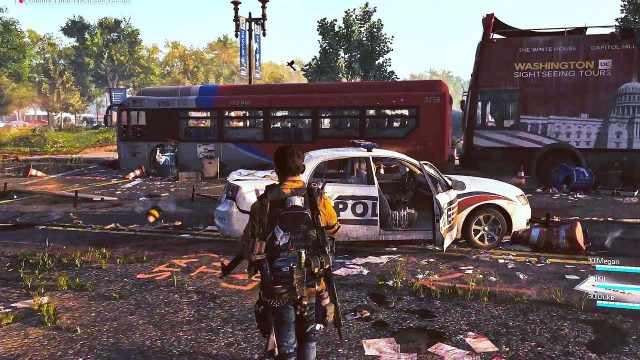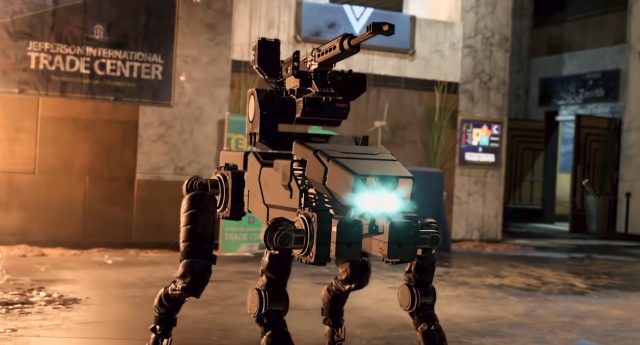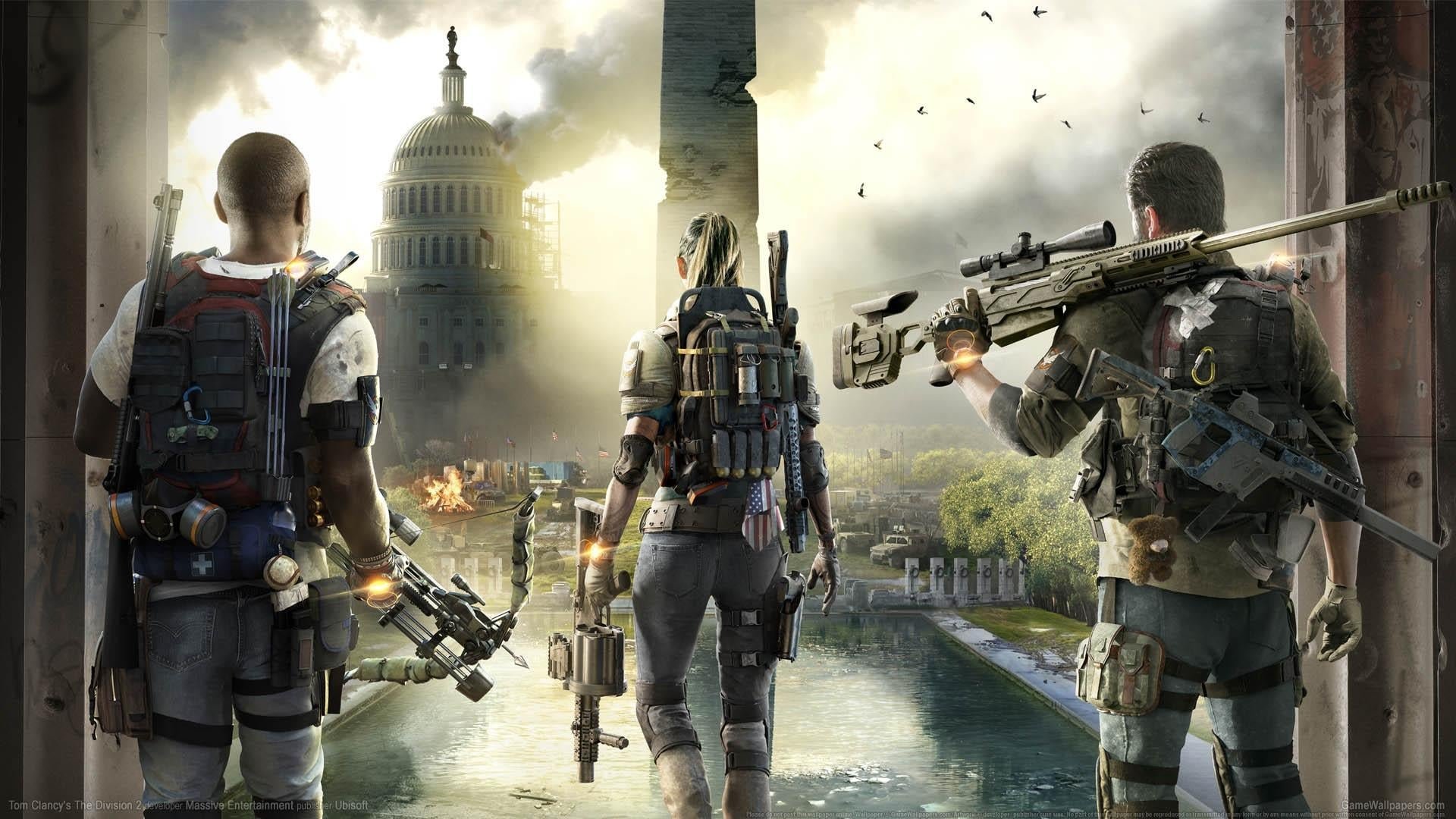When Ubisoft launched The Division in 2016, it took place in a dystopian New York City, a setting ripe for discovery in dilapidated streets, iconic architecture, and a seemingly endless amount of exploration. With The Division 2, Ubisoft has upped its game to the United States capital city, Washington, D.C., and somehow managed to outdo the size, scale, and magnitude of events from the original game.
The Division 2 is also quite visually impressive. Ubisoft has never been a slouch in the graphics department, and this game is no exception to the rule. It runs smooth as butter on the Xbox One X we tested it on, and we haven’t heard any reports of it being any different on other consoles or PC.
As one might expect from an open world game such as this, there is in fact a ton of detail throughout the world. Garbage thrown about, vehicles in various states of disrepair randomly throughout the city, and dilapidated buildings throughout Washington, to name a few. There is also a great variety of wildlife like deer throughout the world which reduces the feeling that the world is just you and your enemies. There is a natural, earthy component acting as a great juxtaposition against the destroyed streets of Washington.

Fabric is also used all over the game as your team has set up make-shift bases and safe zones atop scaffolding or between a set of big rigs, for example. Ubisoft has been perfecting fabric physics since the original Splinter Cell on Xbox, and this game is absolutely still on the trend.
The White House plays home to the introduction of The Division 2. What could’ve easily been a later mission given the grandeur and meaning in such a building (it was the final mission in another Ubisoft title, Splinter Cell: Conviction) is actually the opening for the game. You begin by storming across the iconic front lawn to breach the building.
Taking a step back even from the first mission, the beginning of the game really starts before you ever begin controlling your character. The Division 2’s character creator, while purely visual, is one of the most detailed we’ve seen in a video game in recent memory. There’s a tendency for such widely varied characters to make a game feel a bit like a messy mix of species or races in World of Warcraft, not the humans they actually are. Ubisoft has done a remarkable job in making everyone feel like they belong in this rich, sprawling world.
As expected, once your character is developed, you have the opportunity to further increase their abilities through perks and other skills from the quartermaster you’ll meet repeatedly throughout the game. Learn tactics such as restocking which refills your kit whenever you enter a safe area, or perhaps something a bit more offensive like grenade and other weapon slot upgrades. There are dozens of perks in the game, and varying levels within them, so understanding how they work and which to select early definitely impacts gameplay. It feels good to have some assault perks at the beginning – we started out with basically zero defensive upgrades – so while it was easy to take out some enemies, we found ourselves seriously relying on duck and cover more than expected.

That being said, there is a great balance of enemy difficulty throughout the game. It begins ramping just as things start to get a bit too easy, and it makes for a great progression as you move through the story missions.
The end game is a bit of a different story. Once the final mission is wrapped, The Division 2 becomes much more difficult as The Black Tusk starts getting vicious with what you’re expected to overcome. If you think your bombardier drone and seeker mines was badass, just wait for them to start attacking you with robot dogs. And no, that wasn’t a typo.
There is a great sense of care put into The Division 2 by Ubisoft’s Massive Entertainment and the ancillary studios that helped work on the title, as is traditional for the publisher. Improvements over the original game are plentiful, and it shows most in the gameplay itself. The storyline lends itself to spending hours in front of the screen before realizing how much time has elapsed and it is only made better by the badass moments that you’re able to control as a result.

